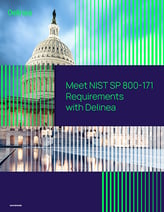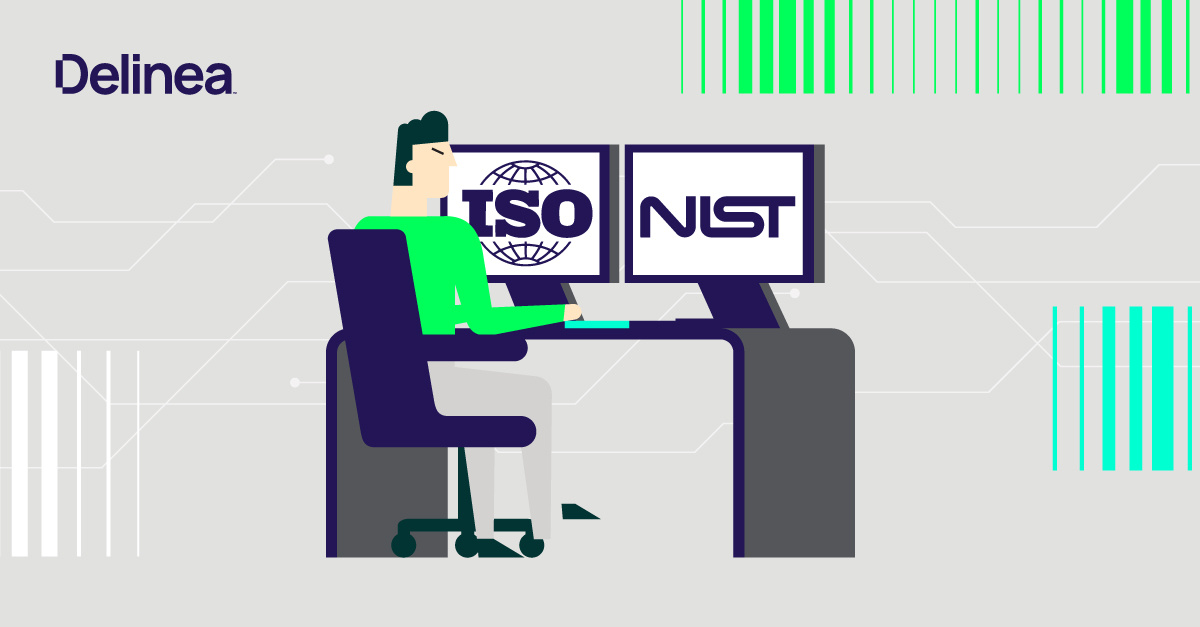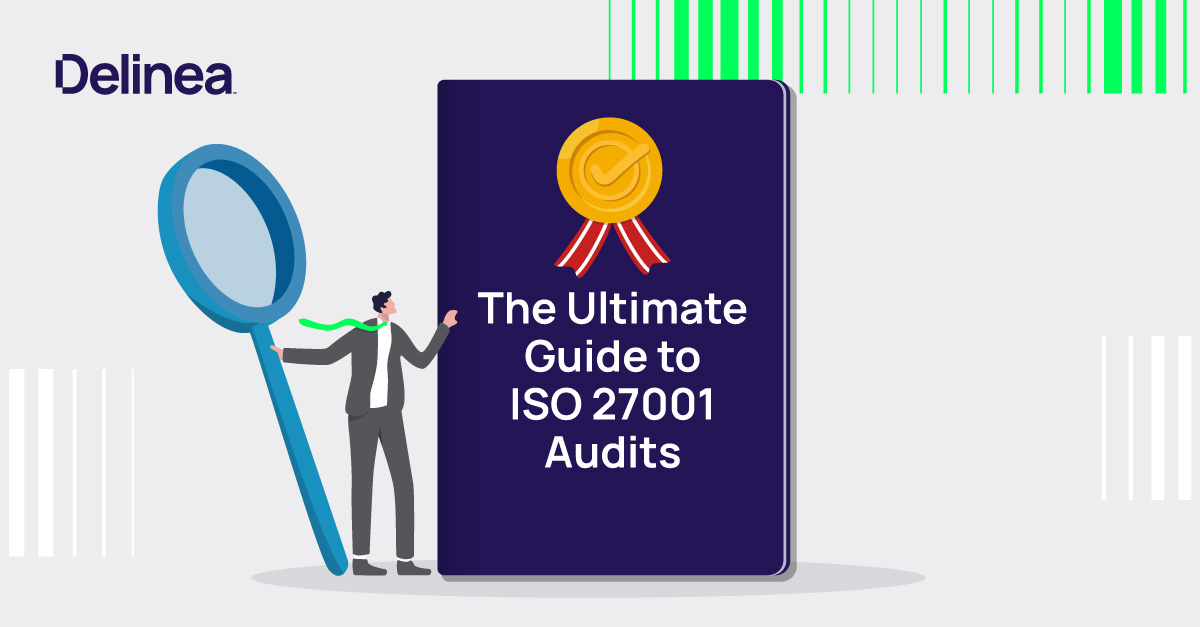ISO 27001 vs ISO 27002: Understanding the difference
Information security isn’t just an option—it’s a must.
As cyber threats rise and regulations tighten, businesses need reliable ways to safeguard sensitive data. This is where ISO 27001 and ISO 27002 come in. These standards work together to build a comprehensive Information Security Management System (ISMS), but they serve different purposes. Understanding the differences between them is crucial for implementing a security strategy that’s both practical and certifiable.
What is ISO/IEC 27001?
ISO/IEC 27001 is an internationally recognized standard for establishing, maintaining, and improving an ISMS. Developed by the International Organization for Standardization (ISO) and the International Electrotechnical Commission (IEC), ISO 27001 helps organizations manage sensitive information systematically and securely.
At its core, ISO 27001 focuses on risk management. The standard ensures that organizations can identify potential threats and apply appropriate controls to minimize risks. By following ISO 27001, organizations can earn certification, demonstrating their commitment to safeguarding data. This certification builds trust, enhances compliance with legal and regulatory requirements, and provides a competitive advantage in today’s market.
The key benefits of ISO/IEC 27001 Certification:
- Enhanced security through a structured approach to data protection.
- Regulatory compliance with industry standards such as GDPR.
- Global recognition, strengthening customer trust and market credibility.
What is ISO 27002?
While ISO 27001 defines the what—the framework for managing information security—ISO 27002 explains the how.
It is a supplementary standard that offers practical guidance on implementing the security controls listed in Annex A of ISO 27001. ISO 27002 provides detailed descriptions of each control, its objectives, and advice on applying these controls effectively to manage identified risks.
A key difference is that ISO 27002 is not certifiable. Instead, it is a companion to ISO 27001, helping organizations refine their security measures by providing clear, actionable advice.
Key features of ISO 27002:
- Detailed implementation guidance for each control.
- Alignment with Annex A of ISO 27001, offering deeper insights into control objectives.
- Actionable steps to ensure long-term data protection.
Key differences between ISO 27001 and ISO 27002
Although ISO 27001 and ISO 27002 are part of the same family, they have distinct roles within an organization’s security strategy:
- ISO 27001: Focuses on establishing, implementing, and maintaining an ISMS and is certifiable.
- ISO 27002: Offers detailed guidelines for applying security controls but is not certifiable.
- Risk Management: ISO 27001 revolves around conducting risk assessments and applying appropriate controls, while ISO 27002 provides detailed steps for implementing these controls.
How ISO 27001 works
ISO 27001 is built around the principle of managing risks to an organization’s information security. It emphasizes the protection of confidentiality, integrity, and availability of data, ensuring that businesses have the necessary controls in place to prevent and mitigate risks.
The standard follows a process of continuous improvement, meaning organizations must regularly review their ISMS and make adjustments as new threats and vulnerabilities emerge.
Why ISO 27001 is important
ISO 27001 is essential because it provides a systematic approach to managing information security. Achieving certification signals to stakeholders, customers, and partners that an organization is committed to protecting sensitive information. This not only increases customer confidence but also gives businesses a competitive edge in industries where data protection is crucial.
- Global recognition of ISO 27001 certification can enhance an organization’s credibility worldwide.
- Customer trust improves as certification demonstrates a proactive approach to data security.
- Risk reduction through a structured risk management process lowers the likelihood of costly security breaches.
When to use each standard
The application of ISO 27001 and ISO 27002 depends on where an organization is in its security journey:
Use ISO 27001:
- To establish an ISMS from the ground up.
- When aiming for certification to demonstrate compliance with international security standards.
- As a framework for managing risk-based information security.
Use ISO 27002:
- After conducting a risk assessment and identifying controls in ISO 27001.
- When detailed guidance on implementing specific security measures is needed.
- To refine or enhance an already established ISMS by providing actionable steps for control implementation.
What is an ISMS?
An Information Security Management System (ISMS) is a systematic approach to managing sensitive company information. It covers people, processes, and technologies to ensure information security risks are handled effectively. The ISMS is built around the concept of continuous improvement—identifying security risks, applying controls, and regularly reviewing and updating these measures to keep pace with evolving threats.
The ISMS includes:
- Stakeholder identification to ensure everyone involved in the security process is accounted for.
- Risk management through ongoing assessments and mitigations.
- Control implementation to apply the necessary measures identified in the risk assessment.
The benefits of ISO/IEC 27001 Certification
Achieving ISO 27001 certification offers several benefits for businesses, beyond just compliance. It can open doors to new market opportunities by increasing trust with customers and partners, ensuring the organization is prepared to meet industry standards, and reducing the likelihood of security breaches through proactive risk management.
Certification also provides a systematic method for meeting regulatory obligations, ensuring that the company is ahead of legal requirements while reducing operational risks and potential costs from data breaches.
How to implement ISO 27001 controls
ISO 27001 outlines various controls that must be implemented to protect an organization’s information assets. These controls include:
- Technical controls, such as encryption and firewalls, which secure information systems.
- Organizational controls, like clearly defined policies and procedures, to ensure consistent security practices.
- Legal controls, ensuring compliance with applicable laws and regulations.
- Physical controls that protect assets from physical threats, including restricted access to sensitive areas.
- Human resource controls through training programs, which equip employees with the knowledge to follow security protocols.
Is ISO 27001 mandatory?
ISO 27001 is not universally mandatory but may be required in specific industries or regions. For instance, organizations in the finance or healthcare sectors, or those handling sensitive data, may be legally required to implement ISO 27001 to meet local or industry-specific regulations.
How will the new ISO 27002:2022 affect ISO 27001?
The 2022 update to ISO 27002 introduces new controls and reorganizes existing ones, which will impact ISO 27001. These changes will be reflected in Annex A of ISO 27001:2022. Organizations need to update their ISMS to align with the new controls over the next two years to remain compliant. The updated standard includes more focused and flexible security measures, ensuring that organizations can better respond to emerging threats and trends.

Meet NIST SP 800-171 Requirements


